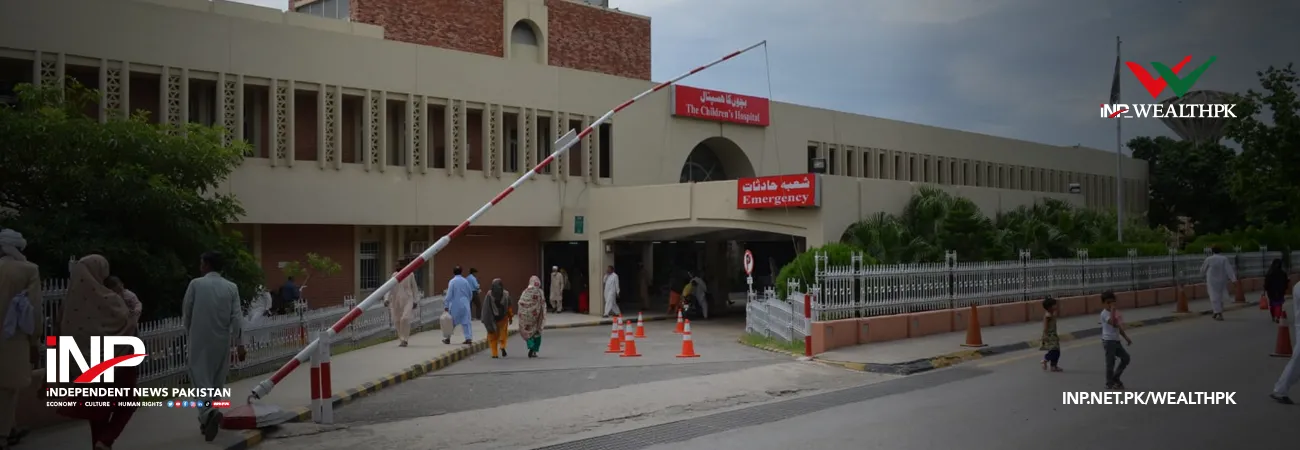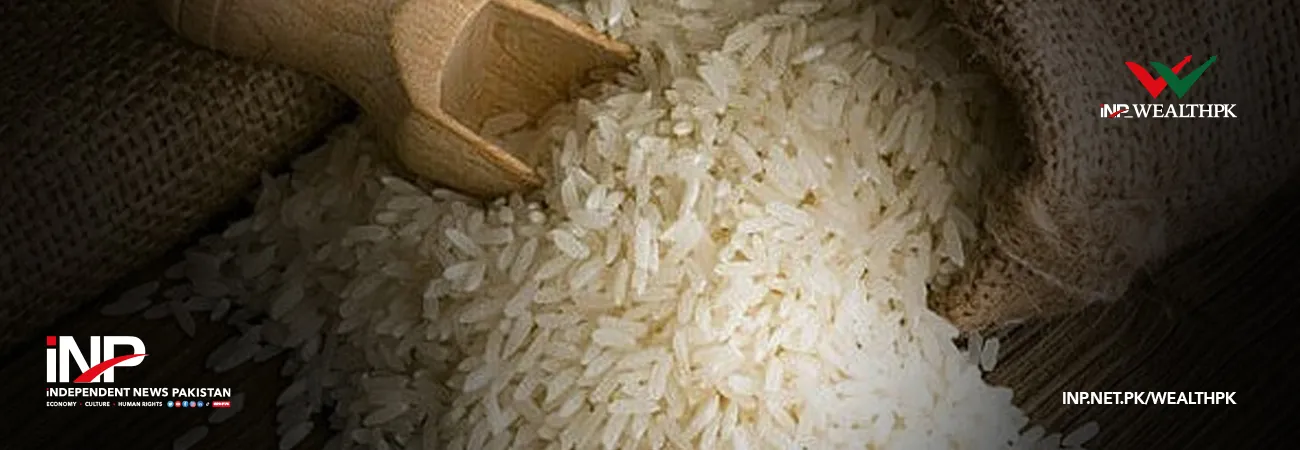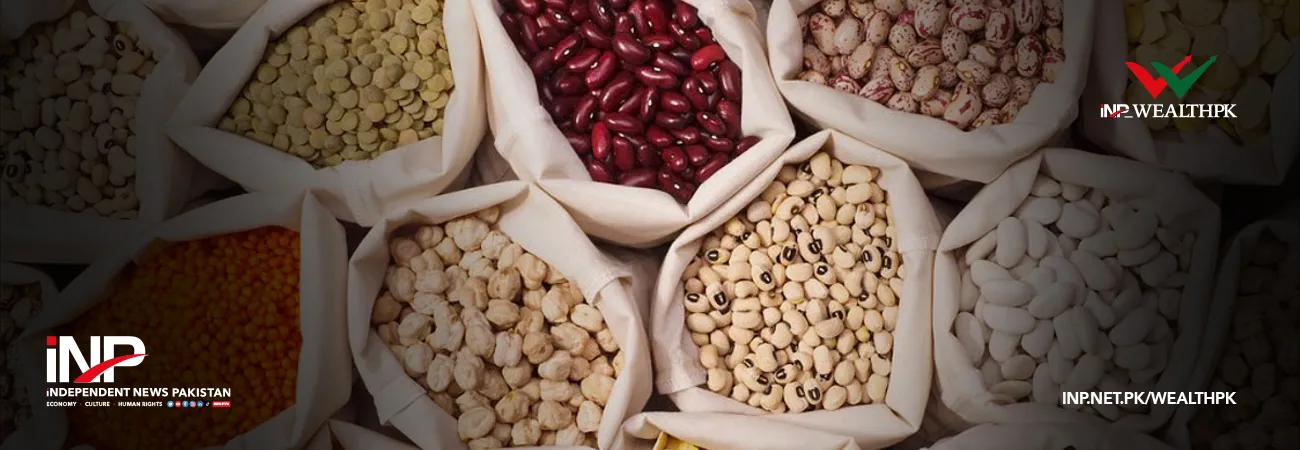INP-WealthPk
By Ayesha Saba ISLAMABAD, May 23 (INP-WealthPK): Water crisis in the Sindh province is worsening, posing a threat to canal water availability and affecting agriculture produce with the temperatures ever rising. If drastic measures are not taken urgently, the province will experience further loss in agriculture productivity. Provincial minister Sharjeel Memon said, “There is a severe shortage of drinking water in the province along with problems in irrigation canals. The economy will face more difficulties if the situation is not addressed urgently.” The minister has urged the federal government to pay heed to the ongoing water shortage prevailing in the Sindh province. He added that Sindh, which has always played a crucial role in Pakistan’s agricultural economy, is now facing existential water threat. Talking about the precarious situation arising out of the depleting water resources, Bilal Iqbal, a senior scientific officer at the water resources institute of the National Agriculture Research Centre (NARC), told WealthPK that water shortage had affected the productivity of different crops. “Some crops require a large amount of water for their proper growth and productivity. Sugarcane requires a large amount of water followed by rice, cotton and wheat. Pakistan heavily relies on agriculture for productivity, but the sector has borne the brunt of water shortages in the country.” Bilal Iqbal pointed out that about 90% of Pakistan’s agriculture was dependent on Indus River system. “Pakistan’s major challenge is sharing of river waters among provinces. Under extreme water stress, it is important that the authorities concerned re-examine the water-sharing formula and allocate shares according to the provincial needs,” he said. The NARC scientist expressed concern that water shortage in dry seasons and abundance during floods amounted to economic disasters. “There is still a lack of a comprehensive framework to tackle the issue of water shortages in the dry season and have adequate storage facilities during the flooding season. Water reservoirs could not be developed as fast as water requirements increased.” Bilal Iqbal suggested improving on water management system with the help of latest technology and bringing about a good pricing mechanism for the agriculture sector to correctly estimate how much water is being consumed in each pocket. “Water policy reforms also need to be made more effective in Pakistan.” The Indus River System Authority has reported that nationwide rainfall in April 2022 was 74% below average, making it the second driest month since 1961. April's rainfall was much below average across the country. Punjab received 89% below normal rains, Khyber Pakhtunkhwa and Balochistan 79%, Azad Jammu and Kashmir 56% and Gilgit-Baltistan 51%. The barrage-wise shortage in Sindh shows that Sukkur barrage is short of 53.12% water with flows of 18,516 cusecs against an allocation of 39,500 cusecs and Kotri barrage is 69.4% short with flows of 4,805 cusecs against an allocation of 15,700 under the Water Apportionment Accord, 1991. The Guddu barrage canals are presently closed.













